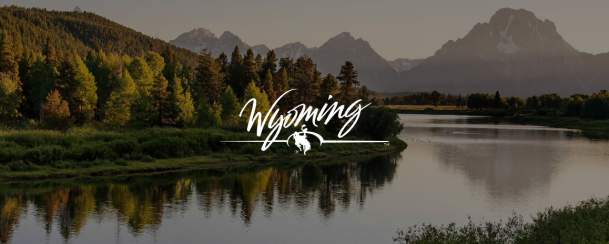0
There are stories surrounding Hemingway’s penchant for bear hunting, and he did in fact take down a few during his time at L Bar T. He notoriously shot and killed a grizzly there, and as he rode victoriously from the kill site, he tumbled from his horse and shattered his knee. He recovered in the Cody hospital.
“When you shoot and fish, you have to move often, and always further out.”
Ernest Hemingway
When the life of an artist is considered, it is not just the works left behind. It is the inspiration that fed those works, and the connections that are fostered through the act of creating. For Hemingway, a man who lived large and even recklessly, he was satiated by the atmosphere and spirit of Wyoming. Still rich in beauty and dense in wilderness, this territory beckons us all.
This article was written on behalf of Travel Wyoming by Jenn Rein, New Thought Digital Agency.

